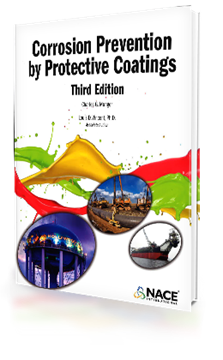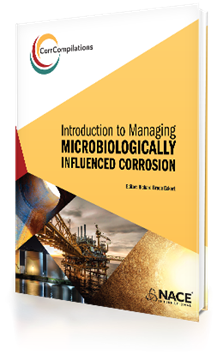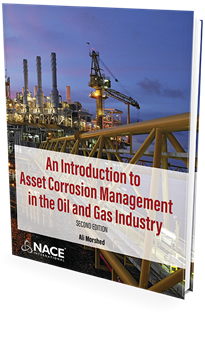THIS IS A DOWNLOADABLE E-BOOK : Open this E-book with the Kindle App or any E-book reader.
This book gives an overview of the science and technology of corrosion control using chemicals to a general technical audience. However, since this is a specialized book, some knowledge of corrosion processes (such as provided by The NACE International Basic Corrosion Course) is assumed. In addition, chemical knowledge equivalent to an introductory college chemistry course is recommended.
The emphasis of this book is placed on the basic chemical and mechanical principles for corrosion control. These subjects include surface corrosion inhibitors (CI) as well as other chemicals such as biocides and acid gas control chemicals, as well as application methods. A major goal is to demonstrate that similar chemical and hydraulic principles take place in each segment of the O&G environment. Thus, understanding these principles allows understanding chemical corrosion control methods in the different, but connected segments of this industry.
The target reader is a corrosion professional (engineers and/or scientists) in any part of the oil, gas production and pipeline industries. People involved with both large and small producers of O/G, as well as the vendor suppliers of chemicals to these industries should read this book. The same applies to operators of pipelines and the service companies that provide corrosion protection chemicals. The book could also be used to train technicians who have some knowledge of chemistry.
Product Features
• Covers a wide range of current chemicals, mechanisms and application methods needed to control corrosion in many oil, gas and pipeline environments.
• Demonstrates that several basic chemical and mechanical principles underlie many corrosion control technologies and that this knowledge is transferable to different saturations making solutions more understandable and practical.
• Lavishly illustrated using 215 Figures and 24 Tables.
• Each Chapter has a summary and some chapters provide practical illustrations of the principles described in that chapter.
• Each chapter has a comprehensive reference list that documents the ideas described allowing the reader to learn more about any topic that has been described.
336 pages, 2017 by NACE.




